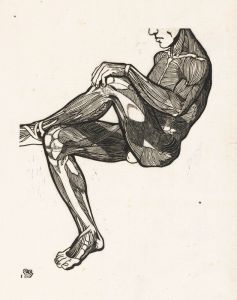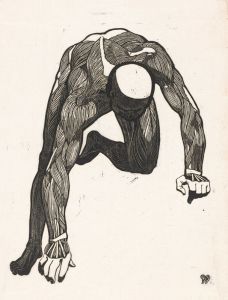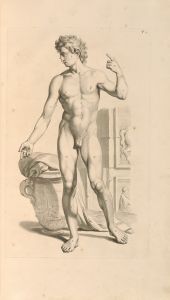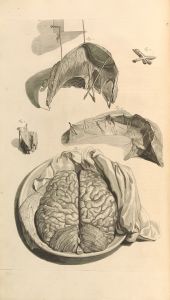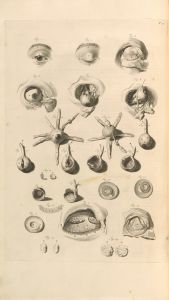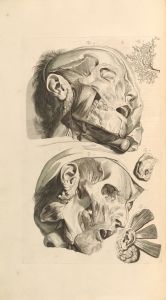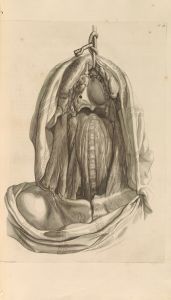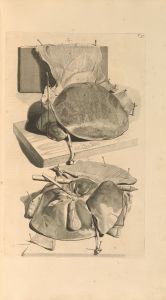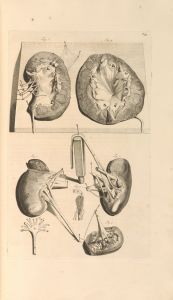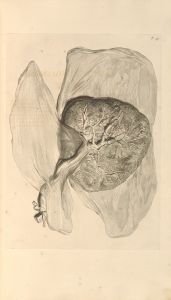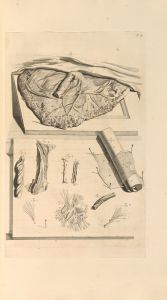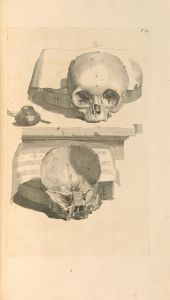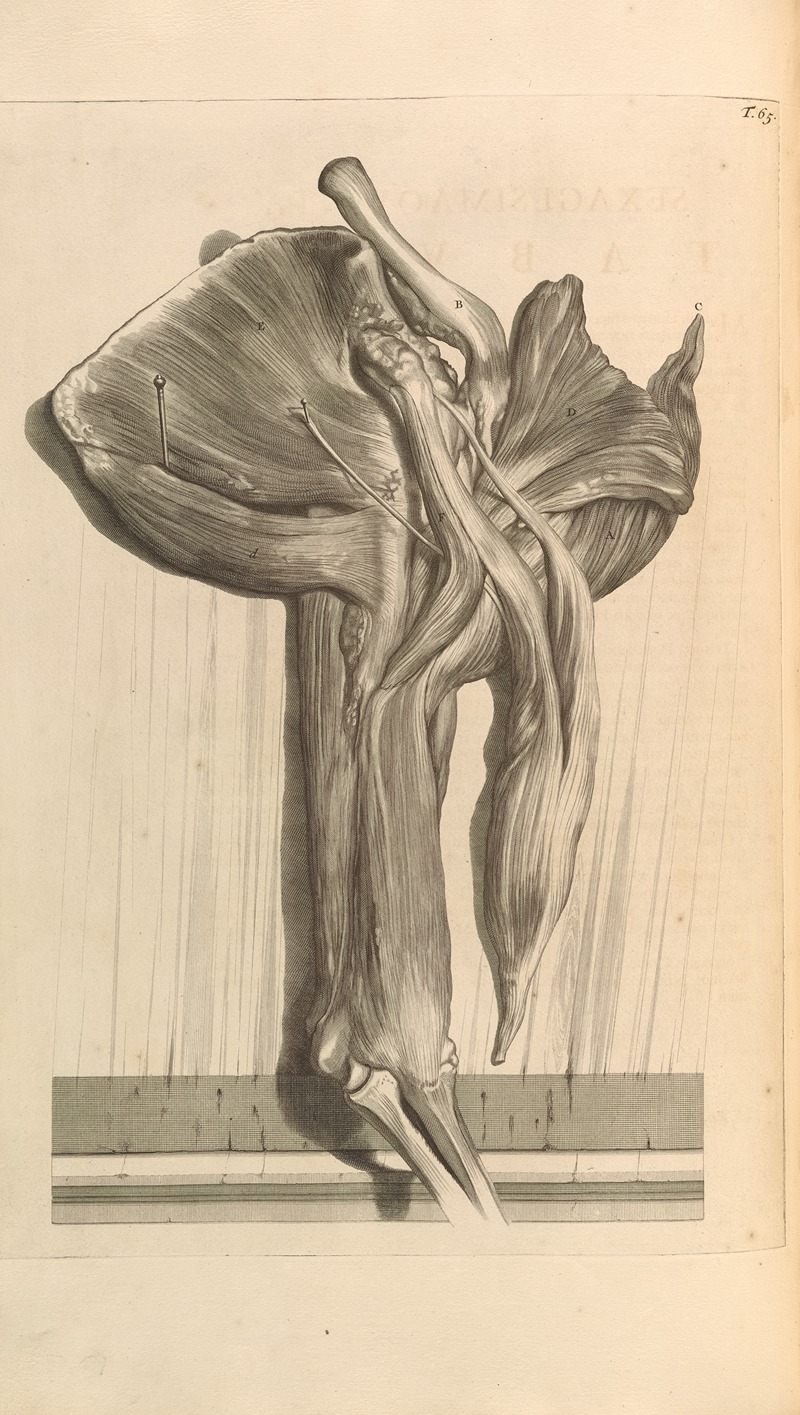
Anatomia humani corporis Pl.066
A hand-painted replica of Gerard de Lairesse’s masterpiece Anatomia humani corporis Pl.066, meticulously crafted by professional artists to capture the true essence of the original. Each piece is created with museum-quality canvas and rare mineral pigments, carefully painted by experienced artists with delicate brushstrokes and rich, layered colors to perfectly recreate the texture of the original artwork. Unlike machine-printed reproductions, this hand-painted version brings the painting to life, infused with the artist’s emotions and skill in every stroke. Whether for personal collection or home decoration, it instantly elevates the artistic atmosphere of any space.
Anatomia humani corporis Pl.066 is an anatomical illustration created by Gerard de Lairesse, a prominent Dutch Golden Age artist and illustrator, in collaboration with the anatomist Govard Bidloo. This artwork is part of the larger collection of anatomical plates featured in the book Anatomia Humani Corporis (1685), authored by Bidloo. The book is a detailed anatomical atlas that was groundbreaking for its time, combining scientific precision with artistic mastery.
Gerard de Lairesse, known for his expertise in classical and Baroque art, was commissioned to create the illustrations for Bidloo's atlas. His work in Anatomia Humani Corporis is notable for its dramatic and lifelike depictions of the human body, which were rendered with a high degree of anatomical accuracy. Plate 066, like the other plates in the collection, demonstrates de Lairesse's ability to blend scientific observation with artistic expression. The illustrations in the atlas were engraved by Abraham Blooteling and others, ensuring that the intricate details of de Lairesse's drawings were faithfully reproduced.
The Anatomia Humani Corporis was a significant contribution to the field of anatomy in the late 17th century. It provided a comprehensive visual representation of human anatomy, which was invaluable for medical education and research. The illustrations, including Plate 066, were based on dissections conducted by Bidloo, reflecting the growing emphasis on empirical observation in the study of anatomy during this period. The book was published in Amsterdam, a major center of scientific and artistic activity at the time.
While the artistic quality of the illustrations was widely praised, the atlas faced criticism from some contemporaries for its unconventional and, at times, dramatic presentation of cadavers. Unlike earlier anatomical works, which often depicted the human body in static and idealized poses, de Lairesse's illustrations portrayed the cadavers in dynamic and sometimes theatrical positions. This approach was intended to make the images more engaging and to highlight specific anatomical features, but it also sparked debate about the balance between scientific accuracy and artistic interpretation.
Despite the initial controversy, the Anatomia Humani Corporis remains an important historical document that reflects the intersection of art and science in the early modern period. Plate 066, as part of this collection, exemplifies the innovative approach taken by Bidloo and de Lairesse in their effort to advance the understanding of human anatomy. Today, the atlas is regarded as a masterpiece of anatomical illustration and a testament to the collaborative efforts of artists and scientists during the Dutch Golden Age.





